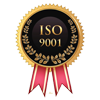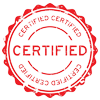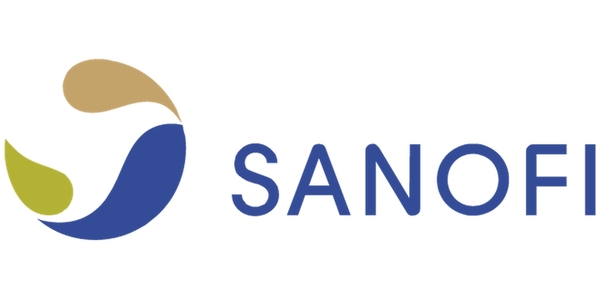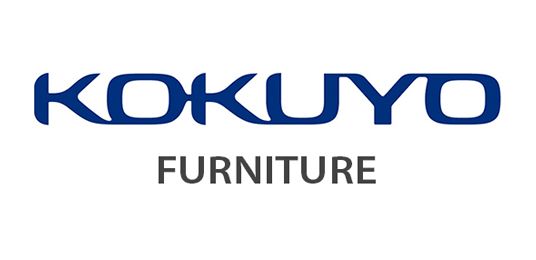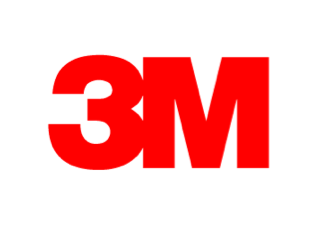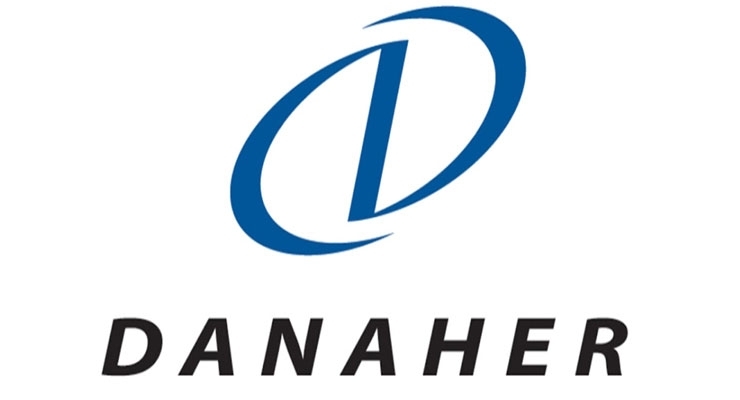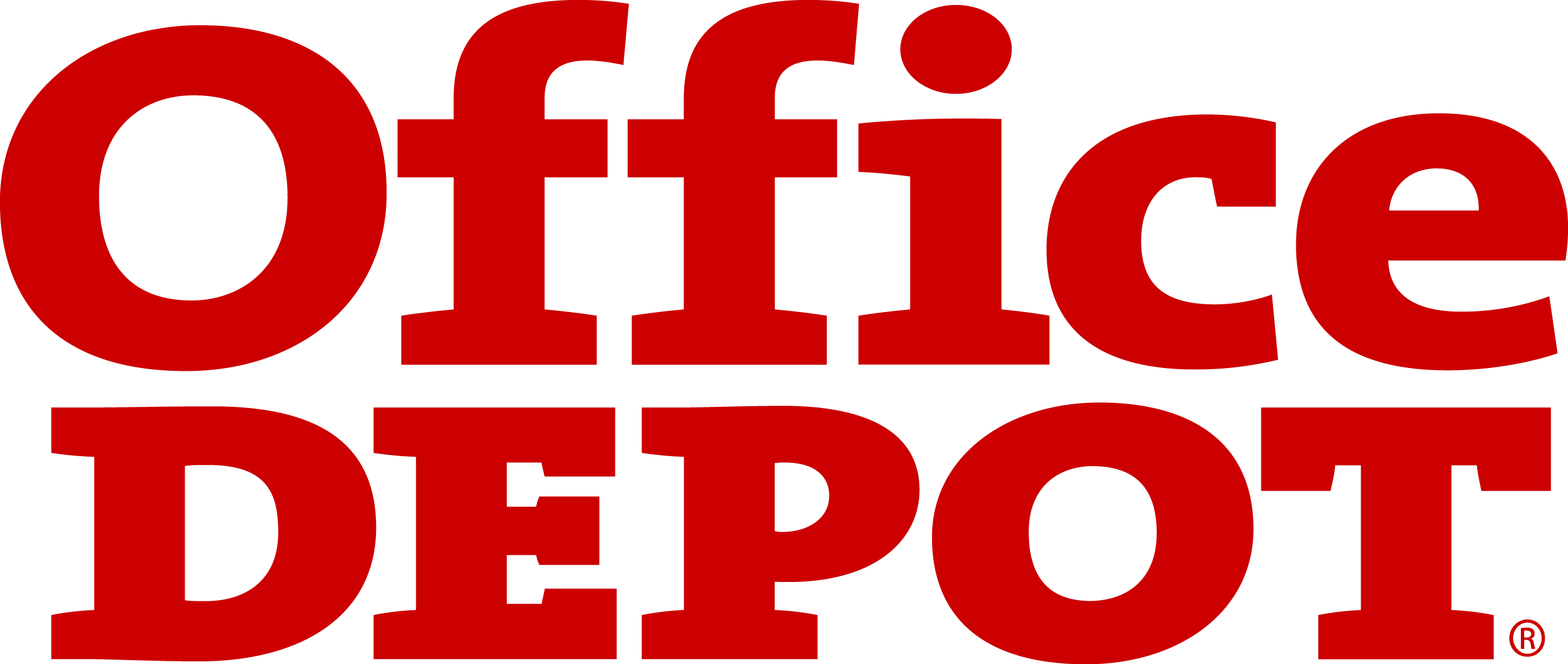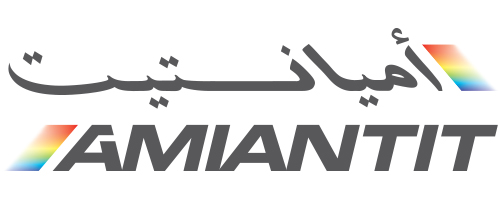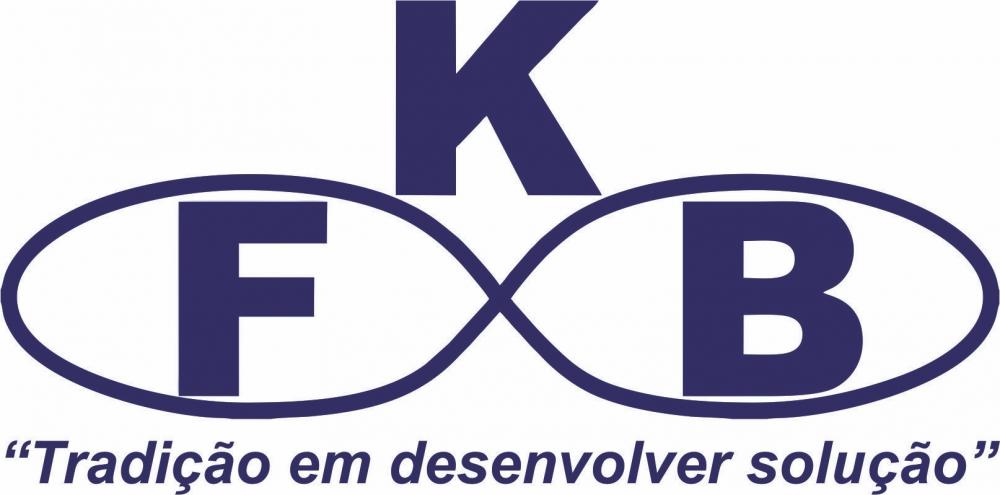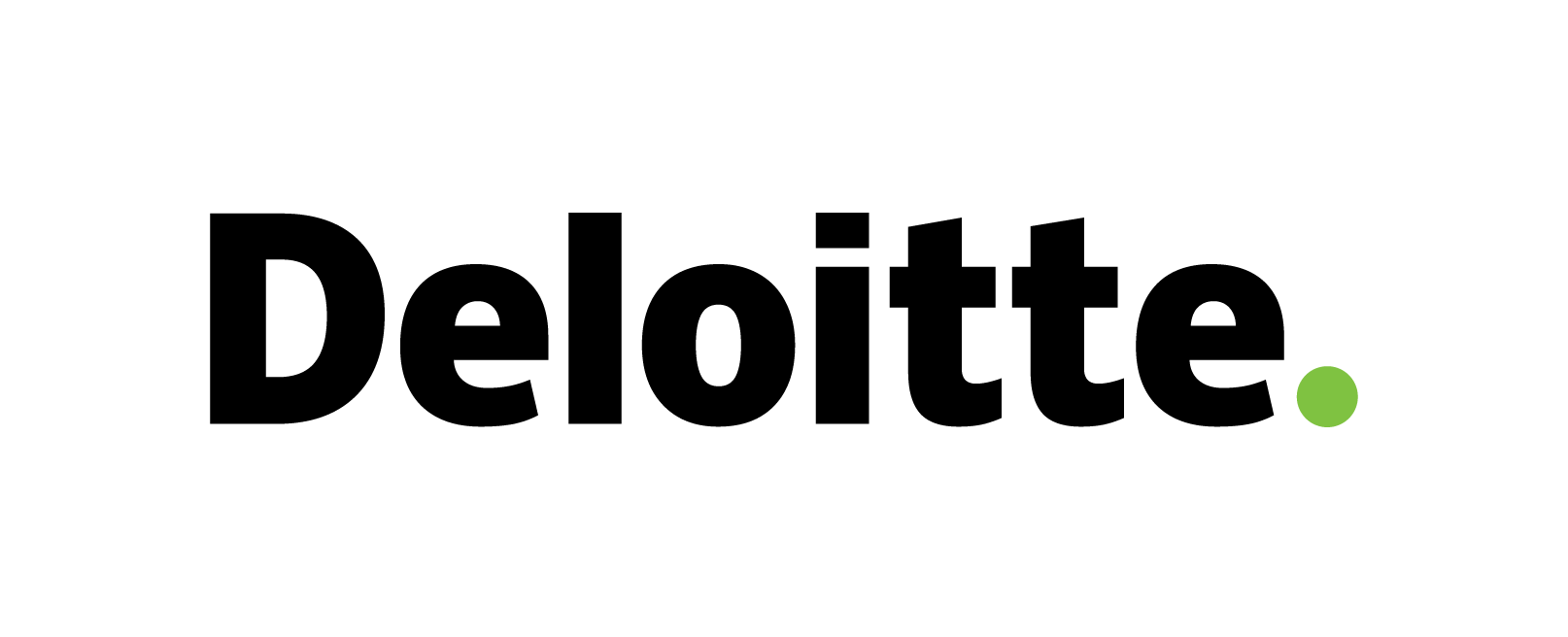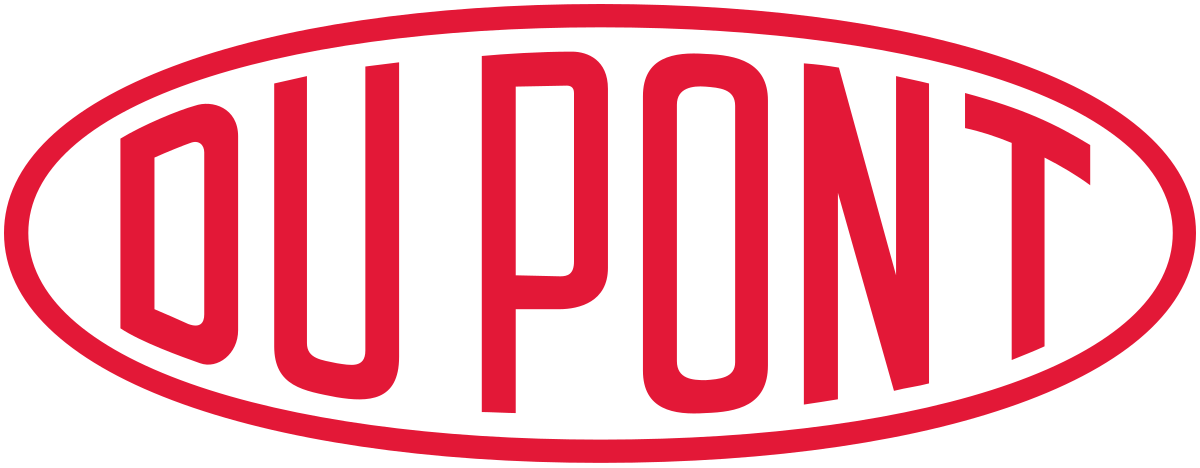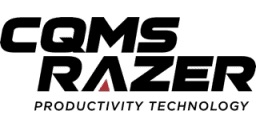Healthcare Robotics Market
Healthcare Robotics Market Trend, Opportunity, and Forecast Analysis, 2024-2032
Healthcare Robotics Market is segmented by Product, Type, End User, Application, Setting and by Region. KDMI analyst foresees market revenue to cross USD 53.85 Billion by 2032 by growing with a CAGR of 16.8% during 2024-2032.
Healthcare Robotics Market Highlights
The global healthcare robotics market is expected to cross a value of USD 53.85 billion by the end of 2032. The market was valued at USD 15.5 billion in 2023 and is expected to expand at a CAGR of 16.8% between 2024-2032.
- Over the mid-term, the ongoing advancements in medical robotics technology is the primary factor anticipated to drive the global healthcare robotics market.
- The high cost of medical robots is a major factor to challenge the market growth.
- The North America healthcare robotics market is projected to dominate the global market.
Healthcare Robotics Market: Report Scope |
|
|
Base Year |
2023 |
|
Base Year Market Size |
USD 15.5 Billion |
|
Forecast Year |
2024-2032 |
|
Forecast Year Market Size |
USD 53.85 Billion |
|
CAGR Value |
16.8% |
|
Healthcare Robotics Market Key Trends/Major Growth Drivers |
|
|
Restraint Factors |
|
|
Healthcare Robotics Market Segmentation |
|
|
Healthcare Robotics Market Key Players |
Auris Health Inc., Medtronic, Zimmer Biomet, Renishaw Plc., Health Robotics S.R.L, Stryker Smith+Nephew, Intuitive Surgical, KUKA AG, CMR Surgical and others. |
Healthcare Robotics Market Outlook
The use of robotic technologies and systems in various healthcare applications is known as healthcare robotics. These robots are used for medical procedures and surgeries for patient care and rehabilitation.
According to our experts at KD Market Insights, one of the major factors associated with the growth of the global healthcare robotics market is the ongoing advancements in medical robotics technology. The healthcare industry is an ever growing sector which according to our researchers is predicted to generate a revenue of about USD 16 trillion by 2032. Continuous advancements in robotics technology, including artificial intelligence (AI), machine learning, and sensor technologies, that are enhancing the capabilities and functionalities of healthcare robots in the healthcare industry to drive accuracy, efficiency and safety of medical procedures is therefore expected to create numerous opportunities for market growth. Auris Health Inc., Medtronic, Zimmer Biomet are some of the significant parties in the global market for healthcare robotics.
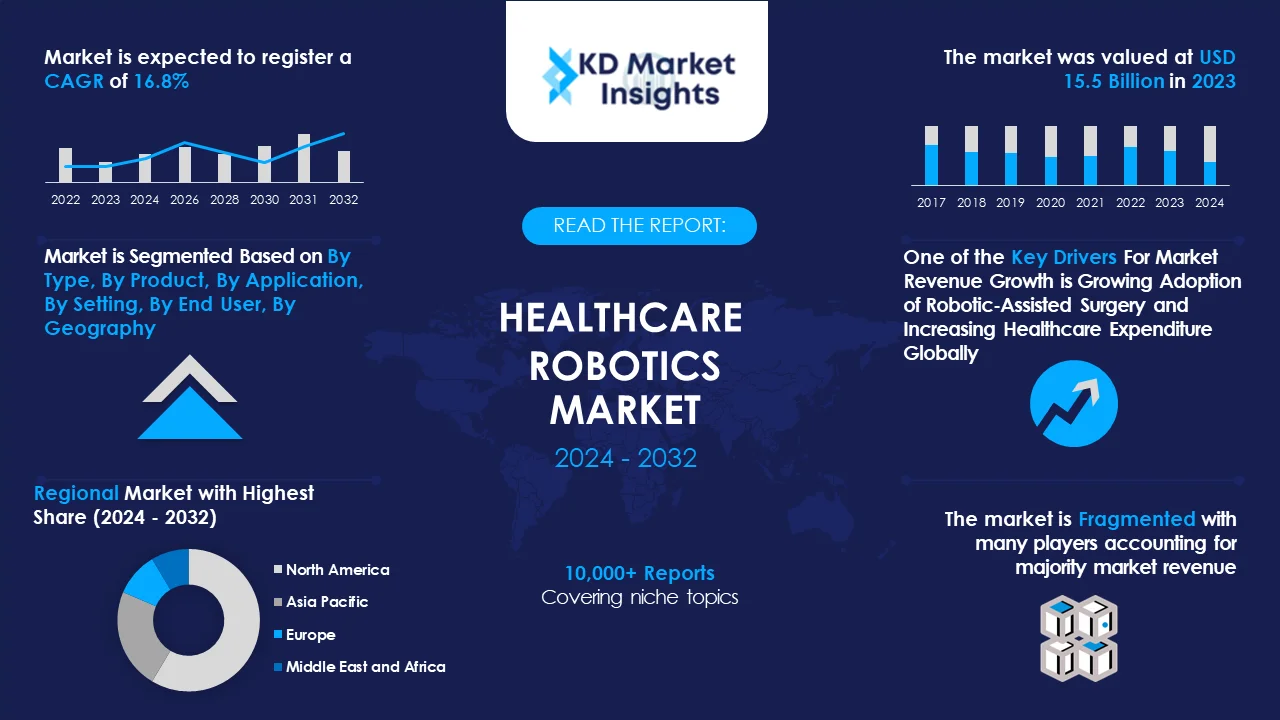 Get More Insights on This Report - Request Free Sample PDF
Get More Insights on This Report - Request Free Sample PDF
Healthcare Robotics Market Drivers – Analyst’s Observation
According to the analysts at KD Market Insights, some key growth drivers for the global healthcare robotics market are:
- Growing Adoption of Robotic-Assisted Surgery: With the rapid advancements in the healthcare sector, surgeons around the globe are rapidly adopting robotic-assisted surgeries, backed by the growing complexities associated with traditional surgical processes. The National Institutes of Health (NIH) reported that the trend of robotic-assisted surgeries started post 2010, witnessing an increase from 1.8% of robotic surgery for all general surgery procedures in January 2012 to 15.1% in June 2018. Our researchers predict that this trend is expected to grow at an annual growth rate of near to 17%. Robotic-assisted surgery offers numerous advantages such as shorter hospitalization periods, quick recovery times, and faster return to routine activities among others. These surgeries also lower the risk of infection as the surgical process requires small incision, which also contributes in minimizing discomfort and pain.
- Increasing Healthcare Expenditure Globally: Our researchers have reported that most countries worldwide spend between 5 to 13% of their GDP on healthcare. On the other hand, the World Bank reported current health expenditure as a share of GDP reached 10.89% globally in the year 2020, up from 8.62% in 2000. This increase in healthcare expenditure is allowing healthcare service providers to adopt advanced medical robotic systems to be able to provide optimized healthcare services. Further, an increase in healthcare spending also is contributing to a growing number of surgical operations globally, which is expected to drive the demand for healthcare robotics.
Which Probable Factors Could Hamper the Growing Healthcare Robotics Market Trend?
As per our KD Market Insights analysis, some of the challenges expected to limit the global market growth of healthcare robotics are:
- High Cost of Medical Robots: Due to the high cost of medical robots, it becomes a challenge for the small-sized healthcare service providers to purchase, install or maintain these robots. Such a factor is hence expected to impact negatively to the demand for healthcare robotics.
- Lack of Availability of Trained Surgeons: Although the adoption of healthcare robotics is growing worldwide, the availability of trained surgeons who can perform robot-assisted surgeries is still lacking. This hampers significantly in the adoption of these robots among the healthcare service providers, indirectly lowering the market growth.
How is the Global Healthcare Robotics Market Segmented?
Our experts at KD Market Insights have segmented the global healthcare robotics market as:
|
By Product |
|
|
By Type |
|
|
By Application |
|
|
By End User |
|
|
By Setting |
|
|
By Region |
|
What are the Probable Factors Influencing the North America Healthcare Robotics Market Forecast?
The North America healthcare robotics market is majorly driven by the fact that the region is a hub for innovation and research in robotics technology, supported majorly by the presence of a strong healthcare infrastructure. The United States in North America is known to have the highest healthcare expenditure among all the other nations globally. According to the World Bank, in the year 2020, the current health expenditure as a share of GDP in the U.S. touched 18.82%, up from 12.49% in the year 2000. Moreover, favorable regulatory environment for healthcare robotics framed by regulatory agencies, such as the U.S. Food and Drug Administration (FDA) that helps in streamlining approval processes, is also expected to create numerous opportunities for the adoption of healthcare robotics in the region.
As per our analysts at KD Market Insights, the following five players lead the North America healthcare robotics market growth:
- Intuitive Surgical Inc.
- Medtronic plc
- Stryker Corporation
- Zimmer Biomet Holdings, Inc.
- Hocoma AG
|
Key Countries to Watch for in North America Healthcare Robotics Market |
Key Insights |
|
United States Healthcare Robotics Market to Register the Largest Regional Market Share in 2032 |
USD 15.2 Billion |
|
Canada Healthcare Robotics Market to Grow with the Highest CAGR During 2024-2032 |
17.4% |
Which Key Players Top the Global Healthcare Robotics Market Share?
As per our analysts at KD Market Insights, the competitive landscape of global healthcare robotics market facilitates our readers in identifying their closest competitors. The manufacturers who are associated with healthcare robotics market are raising their focus on expanding their presence, as well as their market share. The market has also been witnessing an upward movement in the number of collaborations between research institutions and key players, aimed at introducing advanced technologies and innovation of new products. Here is a list of the key players who top the global healthcare robotics market share:
- Auris Health Inc.
- Medtronic
- Zimmer Biomet
- Renishaw Plc.
- Health Robotics S.R.L
- Stryker
- Smith+Nephew
- Intuitive Surgical
- KUKA AG
- CMR Surgical
What are the Recent Developments Observed in the Healthcare Robotics Market?
Over the years, the experts at KD Market Insights have been observing the recent developments associated with global healthcare robotics market trends. Our expert’s market forecast analysis has recorded the market players adopting plentiful of key strategies including new product launches, mergers & acquisitions, and collaborations.
For instance, Accuray Incorporated reported that they have received approval to market the CyberKnife Robotic Radiosurgery System by the Japanese Ministry of Health, Labor, and Welfare for treating trigeminal neuralgia in Japan.
Further, Medtronic plc stated that it has received regulatory approvals, including CE Mark clearance for its Hugo Surgical Robotics System.

Need Customized Report for Your Business ?
Utilize the Power of Customized Research Aligned with Your Business Goals
Request for Customized Report- Quick Contact -
- ISO Certified Logo -

